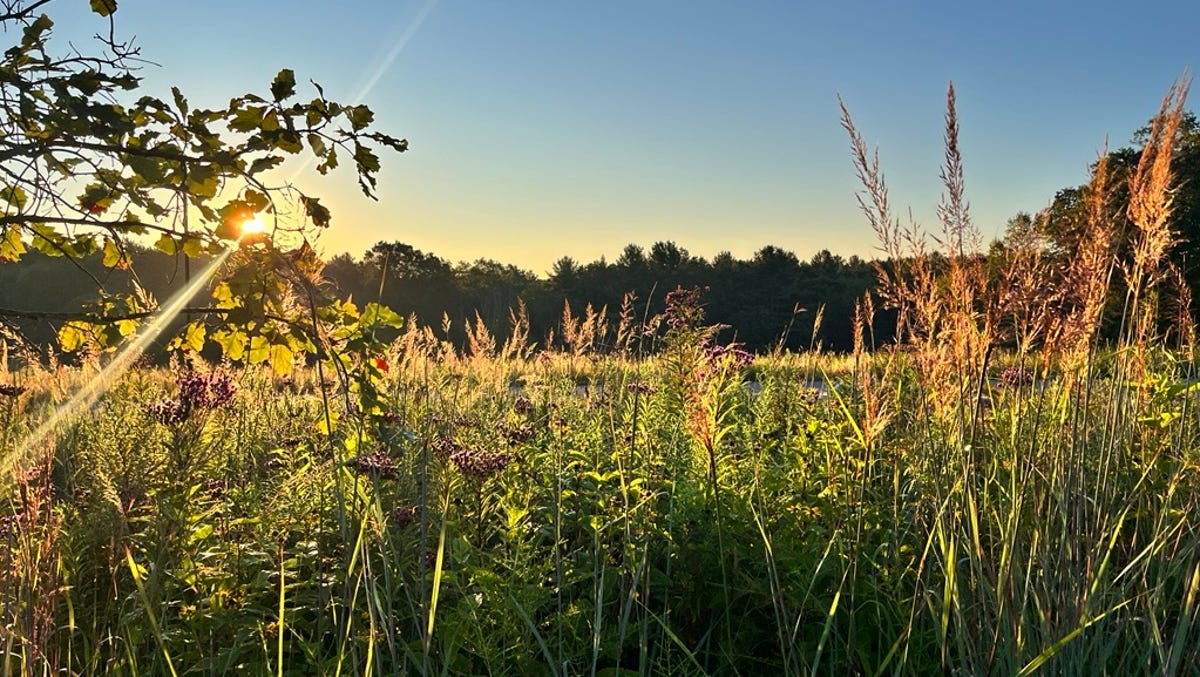As I write this, we are extremely dry. I tried to plant a few perennials this past week and it was too dry to even dig.
The good news is that every time I write a column about how we need rain, it rains. So, my fingers are crossed. I am holding off on planting anything until we get decent soil moisture.
I keep holding off on watering my plants, however, my hydrangeas under my black locust trees are wilting. They are the first indicator of dry soil as their shallow root system dries out quickly. I am not sure how much longer I can hold off, though.
I also have three trees that were planted last fall. Anything that is between three- and five-years post-planting should also be watered thoroughly. The roots are completely established and dry out sooner than mature trees.
I have a bunch of perennials that need planting, but I will not plant them until the soil is moist. I don’t want to have to water them after they are planted, so I am playing the waiting game.
If you have fall mums looking great on your patio or in containers and want to plant them, keep the above in mind. I truly believe mums don’t make it through the winter because they aren’t watered in thoroughly at planting.
It’s easy to get into the “closing the garden” mode. Cooler temperatures at the end of the season, and because it’s the end of the season leads people to stop working in the garden. Don’t stop now!
A little work now helps keep work in the spring a little easier. For instance, winter annual weeds are starting to germinate. I use my triangle hoe to remove them and add preemergent herbicide and mulch to prevent them.
However, preemergent herbicides need to be watered in to be effective. Therefore, I am removing the winter annuals when I see them, and waiting to put the preemergent herbicides down because I don’t want to water them. I will apply them just before a rain.
If you are using a preemergent, read the label for application instructions. The label will tell you if it needs to be watered in, can be used on top of mulch, etc.
Another note, if you applied a late-season product to kill grubs (or had a lawn care service apply a product) you may need to irrigate to get the active ingredient into the soil. The grubs need to contact the active ingredient, therefore, water according to the label.
If the fall continues to remain dry, don’t put the hoses away! I leave mine out until late November just in case. I hate to drag hoses just as much as anyone else, but plants can’t go into winter dry.
Pamela Corle-Bennett is the state master gardener volunteer coordinator and horticulture educator for Ohio State University Extension. Contact her by email at [email protected].









